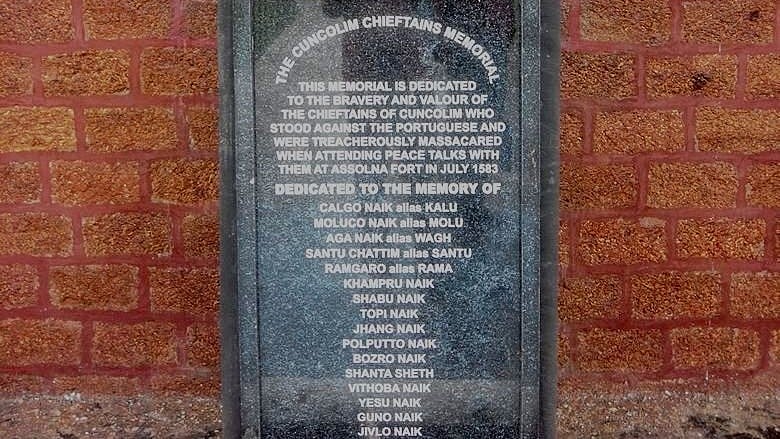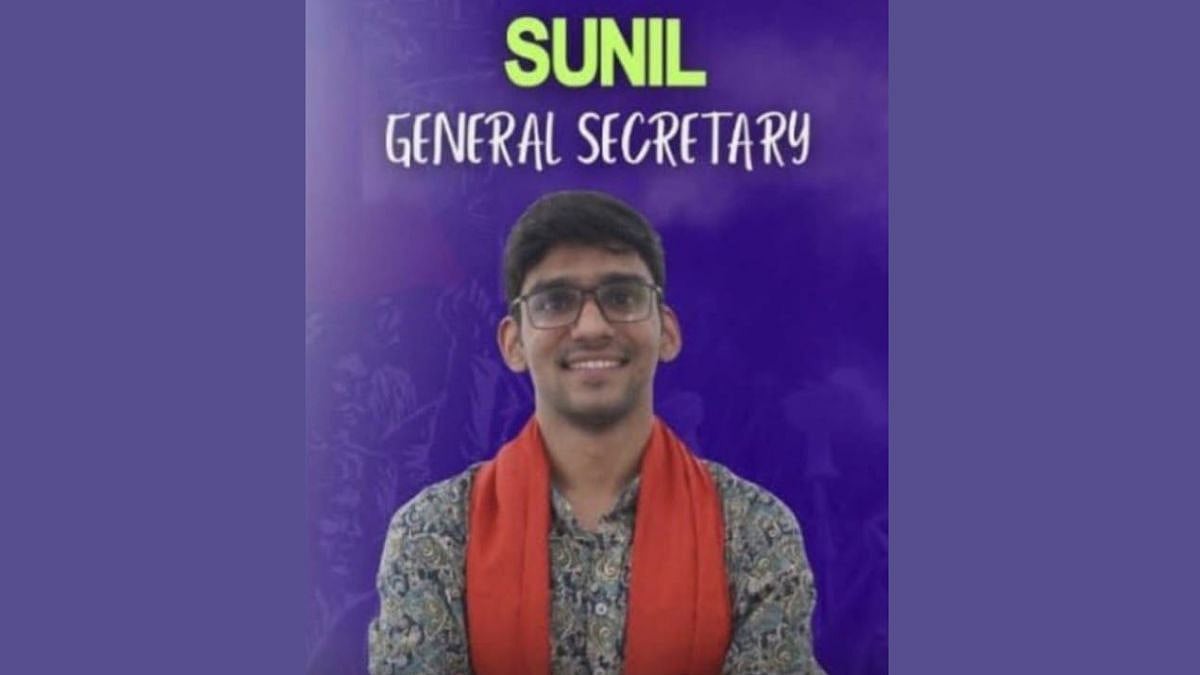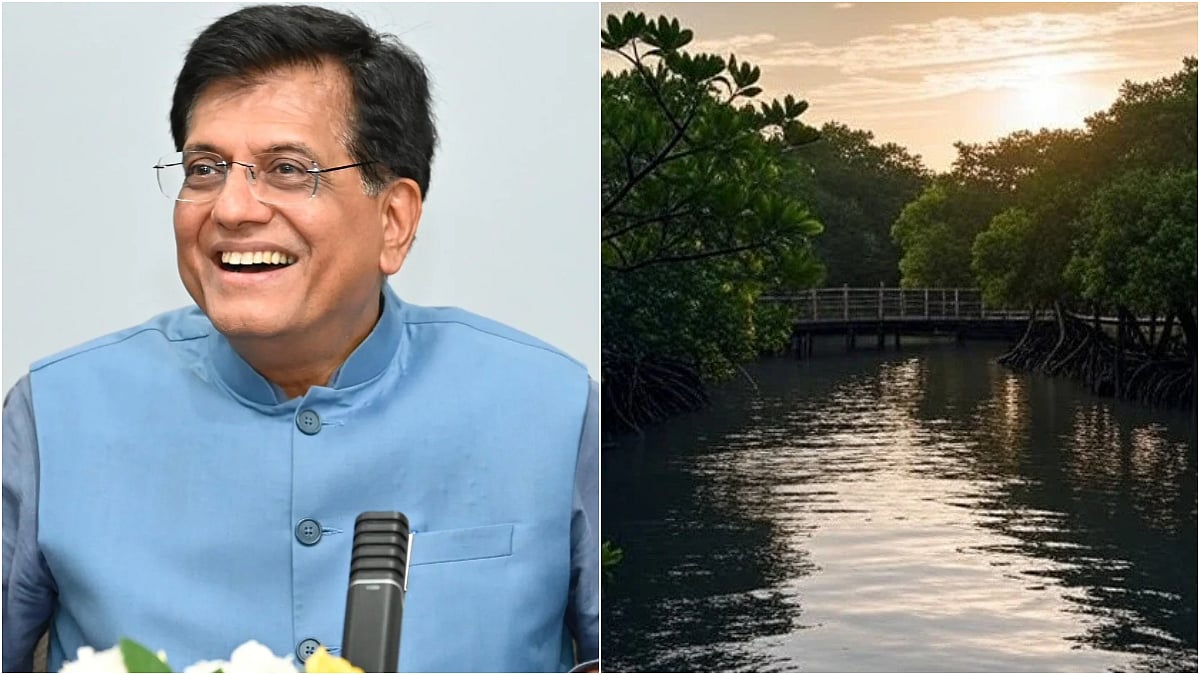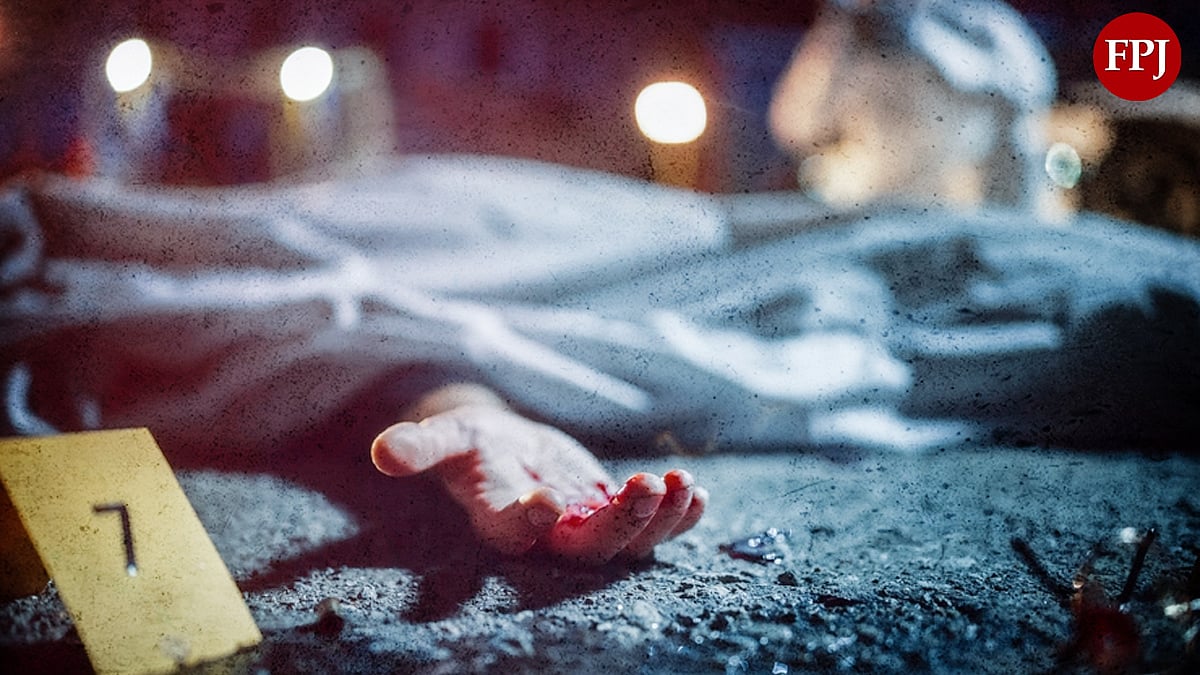The historic 1583 Cuncolim revolt, which has been introduced in the history textbook for Class XI on Ancient & Medieval India, has shed light on the civil disobedience and non-cooperation movement adopted by the Cuncolkars against the Portuguese, the events leading to the killings of the five priest and local converts on July 15, 1583, and the massacre of the 15 Chieftains of Cuncolim at the Assolna fort by the Portuguese in retaliation.
The three-page lesson on the Cuncolim revolt gives a chronology of events on the causes behind the revolt, the course of the events leading to the killing of the priests, the consequences faced by the Cuncolkars in the form of the massacre of the 15 Chieftains and the significance of the revolt, pointing out that these forms of protests adopted by the people of Cuncolim were also an important part of the Indian national movement that challenged the British colonial rule in India.
Causes
Before the Portuguese rule, Cuncolim was governed by an autonomous Gramsanstha, comprising the representatives from the 12 Kshatriya clans or Vangodds, collectively known as Gaonkars.
By 1583, Portuguese rule was well established in Salcete taluka. However, the Gaonkars of Cuncolim were a fierce, spirited lot, who stood up to the Portuguese. They did not accept the Proclamation of 1573, which was instrumental in putting new restrictions on the village gramsanstha. They registered their protest by not paying revenue to the government from 1575 to 1583.
The Cuncollars also boycotted the decrees of the Judicial Form of the Fort of Michael the revenue collector, Estevão Rodrigues, sent to collect revenue from the villages of Salcete was killed when he reached Cuncolim in a daring ambush. Emboldened by this act, the people of Cuncolim attacked local government outfits and even led an attack on the Fort of Rachol. The Portuguese brutally crushed this uprising by using their military might. However, the people of Cuncolim still refused to pay taxes to the government. The Civil Disobedience Movement continued.
In the early months of 1583, an envoy of the then Viceroy entered Cuncolim on his way from Cochin. As the villagers came to know of his presence, they attacked him. He was beaten up severely and his papers were confiscated before he was allowed to go. This incident enraged the Viceroy further. The powerful Portuguese missionaries were already seething against the Gaonkars of these villages, as they had refused to accept the new religion.
The Viceroy Francisco Mascarenhas ordered the Commodore of the Malabar Coast, Gil Eanes Mascarenhas to enter Cuncolim by the river route via Assolna. The officer in command at the Fort of Rachol, Gomez Figueredo was also ordered to join in the assault. Cuncolim and Assolna were destroyed under this double assault. The main temple of Cuncolim was burnt down and other smaller temples were destroyed. The villagers fought bravely but, were forced to escape to the safety of the forests in the nearby mountains. Thereafter houses were set on fire and temples were razed to the ground.
Once the Portuguese troops ransacked the villages, they retreated and there was a brief lull. The Gaonkars returned and reconstructed the temples. The main temple of Cuncolim was rebuilt by community efforts and life limped back to normalcy. The Portuguese came to know of the reconstruction of temples and sent troops to ransack the village again. The people again retreated to the safety of the jungle, only to return and rebuild once the troops had retreated. Their defiance was steadfast.
Course
In early July 1583, a council of missionaries met in Verna to discuss the Christianisation of Cuncolim. It was attended by almost all the parish priests of Salcete. Rev Fr Rodolfo Aquaviva, who had represented the missionaries at Akbar's Court in Fatehpur Sikri, volunteered to lead the mission of going to Cuncolim to convince the Gaonkars of the way of Christ. Accordingly, a letter was dispatched informing them that the priests would visit their village to talk and they should be welcomed with due honour. The clan leaders replied that they were welcome to pass through the village, but the Gaonkars would not welcome them.
On July 15, 1583, a delegation of missionaries and some of their supporters set out for Cuncolim from the neighbouring village of Orlim. The delegation consisted of about fifty people. When they reached Toliem Bhat in Cuncolim, nobody welcomed them. At the same time, the Gaonkars were in a meeting nearby, debating over how to deal with the situation.
The priests made temporary shelters and placed a crude cross made of palm leaves outside their tent. This news led the Gaonkars to believe that the priests had come to convert them forcibly and raze their temples to the ground. Fuelled by the angry words of their spiritual guide, the ghadi, to avenge the intruders who had come to destroy their Gods and Goddesses, an irate mob marched towards Toliem Bhat. The missionaries were rudely awakened by the shouts of the mob, led by the ghadi. There were around 200 people armed with weapons. The Gaonkars killed 14 people that day, five of them were Jesuit missionaries, and the rest were local converts. The corpses were dumped in a well nearby. People who survived this carnage ran back to Orlim and narrated the horrific incident. The bodies of those killed were recovered on July 17 and taken to the Rachol seminary, where they were buried. The Church later beatified the Jesuit priests as martyrs and thereafter declared them saints.
Consequences
The Gaonkars paid a heavy price for this act of defiance. Shocked by the brutal murders, the Portuguese wreaked vengeance on the villages by burning houses, razing temples to the ground and killing people indiscriminately. However, some of the Gaonkars managed to escape to the nearby forests again and continued their acts of defiance. The government decided to end this menace once and for all, so they devised a cunning plot to get rid of the local leaders. As the Gaonkars did not trust the Portuguese, the government persuaded the Adil Shahi envoy to act as a mediator and made him invite the prominent leaders for peace talks at the fortress of Assolna. The leaders were assured of a safe passage and were asked to come unarmed for the talks The leaders obliged and came unarmed and unprepared. As soon as the sixteen unarmed men entered the fortress of Assolna, the heavy doors were shut behind them and they were attacked. In a cowardly act, fifteen brave men were massacred brutally. However, the sixteenth man, Kalgo Naik, managed to jump into the river Sal and escaped to Honavar in Karnataka. The Portuguese themselves tried to erase all signs of this heinous and cowardly massacre by destroying the Assolna fortress where they built a church. However, the escape of Kalgo Naik ensured that the story of the brave chieftains survived. The fifteen Chieftains brutally murdered were Jiblo Naik, Molko Naik, Wagh Naik, Santu Chati, Ramgado Naik, Khampru Naik, Shabu Naik, Topi Naik, Jhang Naik, Polputto Naik, Bochro Naik, Shanta Shet, Vithoba Naik, Yessu Naik and Guno Naik.
Significance
The Cuncolkars adopted Civil Disobedience, Non-Cooperation and Boycott as a means to protest against Portuguese rule. These forms of protest were also an important part of the Indian National Movement that challenged the British Colonial rule in India. Even after the brutal murder of the Chieftains, the Gaonkars continued their struggle. The Goddess from the Toliem Bhat temple, Shree Shantadurga Kuncolienkarin, was shifted to the forested environs of Fatorpa in the last decade of the 16th century. The Portuguese destroyed the traditional system of Cuncolim gramsanstha and the villages of Cuncolim and Veroda were ceded to Viscount Joao da Silva. The Portuguese did succeed in establishing their administrative and religious control over Cuncolim, but they could never conquer the spirits of the proud Gaonkars. The Cuncolkars to date honour these fifteen brave Chieftains every year as true martyrs. July 15 has been declared by Goa as War Memorial Day.








